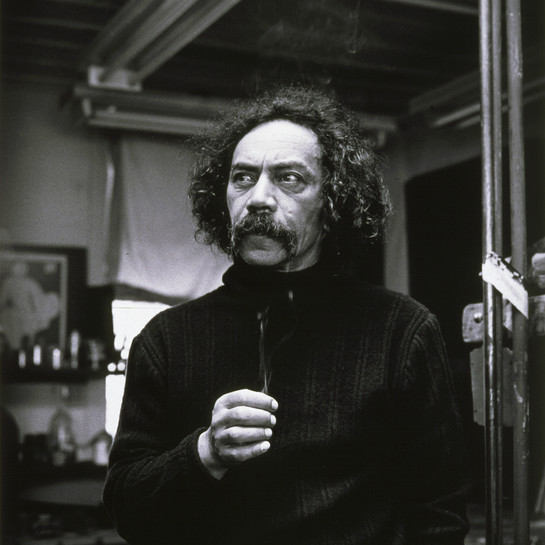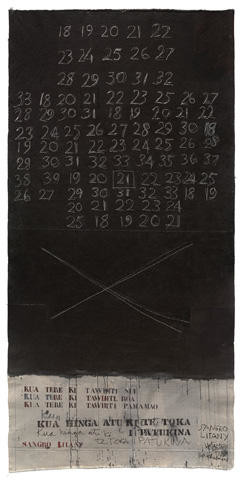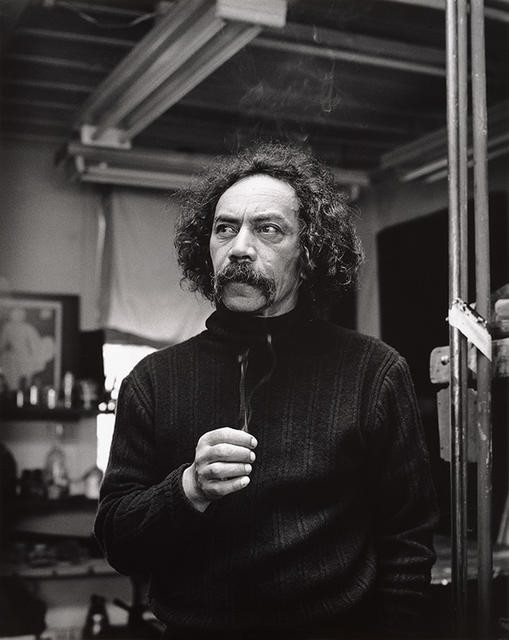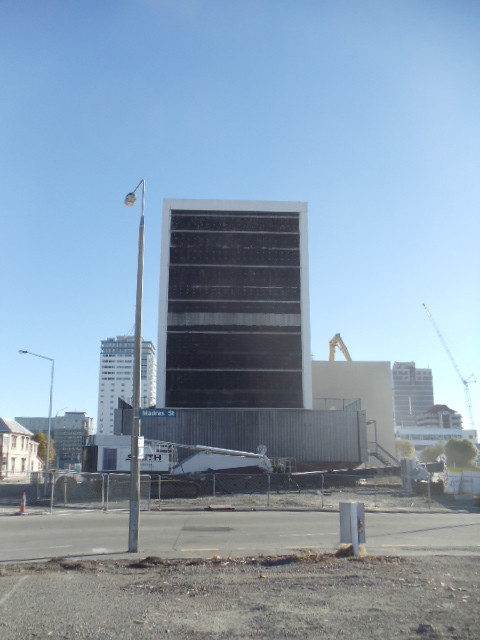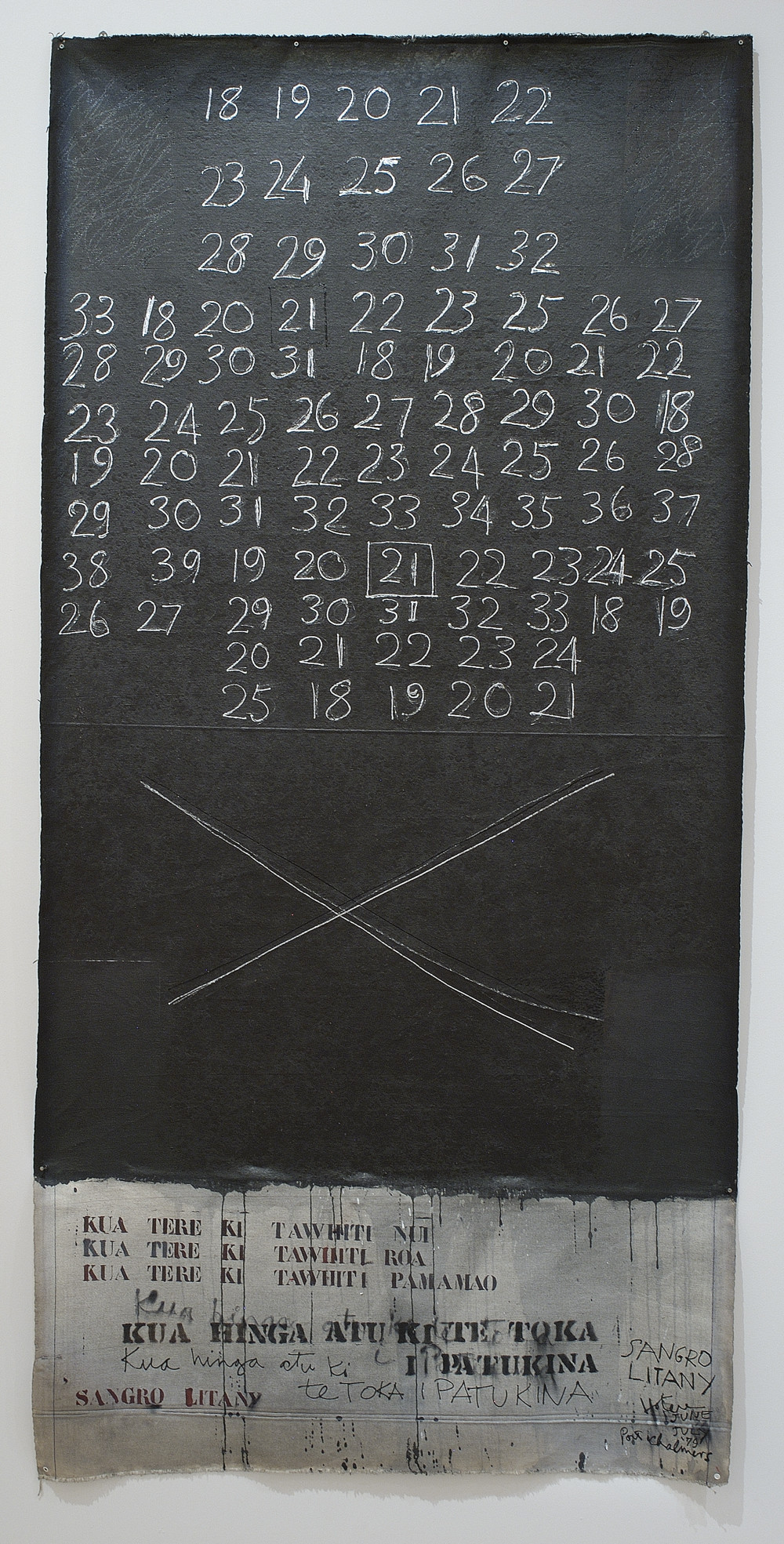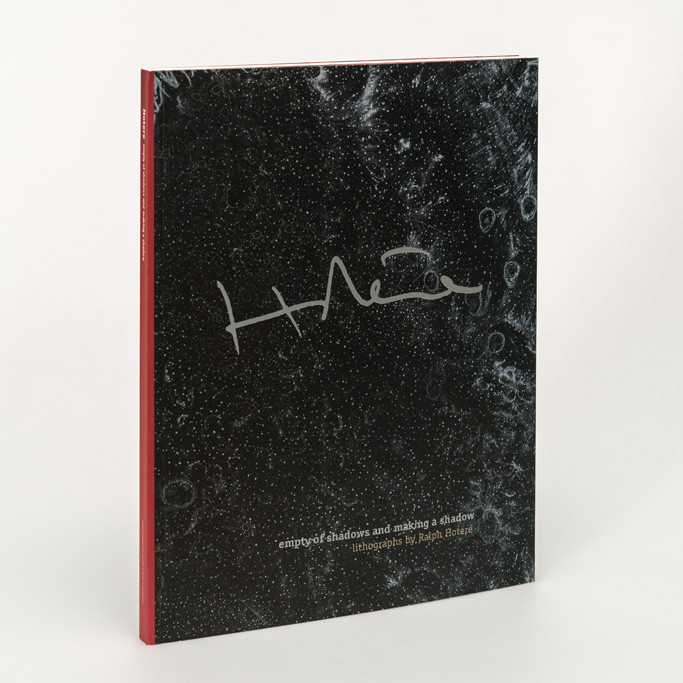Ralph Hotere
Aotearoa New Zealand, b.1931, d.2013
Te Aupōuri,
Muriwhenua,
Māori
Sangro Litany
- 1979
- Acrylic on unstretched canvas
- Purchased 1981
- Reproduced by permission of the Hotere Foundation Trust
- 1809 x 915mm
- 81/29
Tags: cemeteries, crosses (motifs), deaths, monochrome, numbers, poetry, wars, words
In 1962 Ralph Hotere visited his brother’s grave in the Sangro River War Cemetery in Italy. While there, he copied from headstones the ages of the Maori Battalion soldiers who, like his brother Jack, were killed while attempting to cross the Sangro River in late 1943, during World War II. Hotere has formed the numbers into a Greek cross, with a large ‘X’ shape ‘crossing’ out the space beneath them. Together, these images suggest both a private requiem and a public protest at the futility of war.
Across the bottom of the canvas, Hotere has stencilled phrases from an ancient Maori chant that calls for the return of the godwit – a symbol for the spirits of the dead – to familiar shores. The paint runs and falls like rain, blood or tears.
Hotere was born in Taikarawa, Northland, and was widely regarded as one of New Zealand’s greatest artists. He is represented in public and private collections throughout New Zealand. He lived in Port Chalmers, near Dunedin, where he died in 2013.
Sangro Litany is currently on loan to Te Rau Aroha, a newly-opened museum at Waitangi that focuses on Māori service and sacrifice in conflict since 1840, with a special focus on the 28th Maori Battalion.
